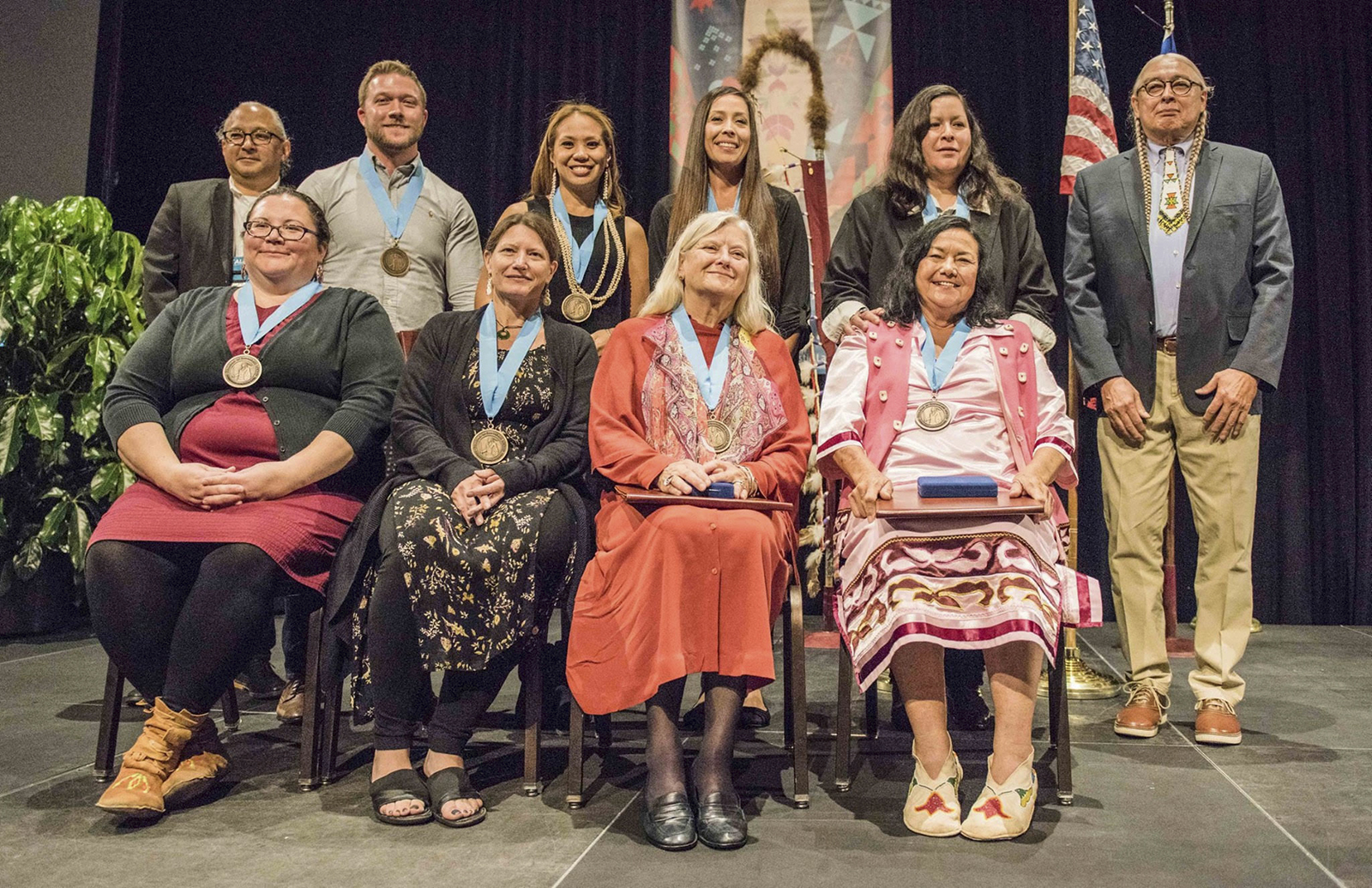Current literature on indigenous Los Angeles rarely comes from those doing work inside tribal communities.
Wendy Teeter, curator of archaeology at the Fowler Museum, will be giving a lecture at the Fowler Museum on Wednesday to discuss the web-based project “Mapping Indigenous Los Angeles.”
The project includes a series of digital story maps and utilizes indigenous artwork, photographs and videos to chronicle the cultural histories of indigenous LA communities including the Gabrieleño/Tongva and Fernandeño Tataviam nations. By collaborating with tribal community members to create the online maps, Teeter said the project aims to tell stories from the indigenous perspective, providing a resource for accurately depicted information about the communities.
“We wanted to be able to tell … more complicated stories from the community themselves,” Teeter said. “So forefronting their voices and using mapping as a way for people to one, … connect with it … and two, to get them some layered stories so that they can see that there are many things that happen all around the city and they’re just not always aware of them.”
[Related: Book talk to focus on environmental conflicts in Native American history]
In order to maintain an indigenous perspective, Teeter said they worked closely with the Tongva and Tataviam communities in the process of creating the maps. Therefore, the tribes were able to curate how their ancestral territory would be visualized in the online exhibits, Teeter said.
Mishuana Goeman, who worked as a co-principal investigator on the project, said the team worked closely with the Tataviam’s formal government to construct the tribe’s story map. Because the project contained a map of the Tribal President Rudy Ortega’s lineage, she said it was completed under his tutelage and the Elders Council would consistently review it. Accordingly, each map has its own flair based on its community and based on what each community needs and wants, she said.
Since all of the information shared in the project is held by the native communities, Teeter said the permissions to hold community events about the story maps were only able to be given because of the close relationships that had been made with individual tribal members. Desiree Martinez, a member of the Tongva nation who worked as an advisor on the project, said the team wanted to approach the Tongva first and to gauge their interest in the story maps since UCLA is built on Tongva land.
“That’s what makes this project very different from other projects that are spearheaded by universities in that (the team) thought about cultural protocol,” Martinez said. “Native communities require gifts or … require some other type of event … to start these discussions.”
[Related: Faces of UCLA: Being native on campus]
Martinez said the project also intends to cover areas where there is less cultural information available, such as Santa Monica and Puvuu’nga. And while the digital maps explore cultural geographies, the project aims to be more than a simple series of two-dimensional geographic maps, Teeter said. For instance, a picture of a sand painting in the Tongva story map not only provides a visualization of landscapes used by California tribes, but it also depicts a place of emergence in the Tongva’s creation story, she said.
“Having these maps with the little dot … really doesn’t provide the information from an indigenous perspective,” Martinez said. “We tried to come up with something that kind of brought all the different types of information together … which help tell the story of each of these various places across Los Angeles county that are important to our community.”
Being in a digital format, the story maps are able to continuously be updated with new maps in the works. Martinez said she would like to create a map about Native American activism within Southern California and the stories of indigenous leaders who have challenged development projects attempting to pave over ancestral sites.
The battle to repatriate ancestral remains is also being documented in the online project, “Carrying Our Ancestors Home,” which offers a collection of videos about the Native American Graves Protection and Repatriation Act (NAGPRA). Teeter, who works as UCLA’s NAGPRA coordinator, said she hopes the website brings more indigenous voices to both the public and to the classroom, showing the difficult process from their perspective.
“We wanted to be able to have people understand the pain, the trauma, the financial burden, the cultural burden that this work has, through no fault of their own and why it’s important,” Teeter said.

